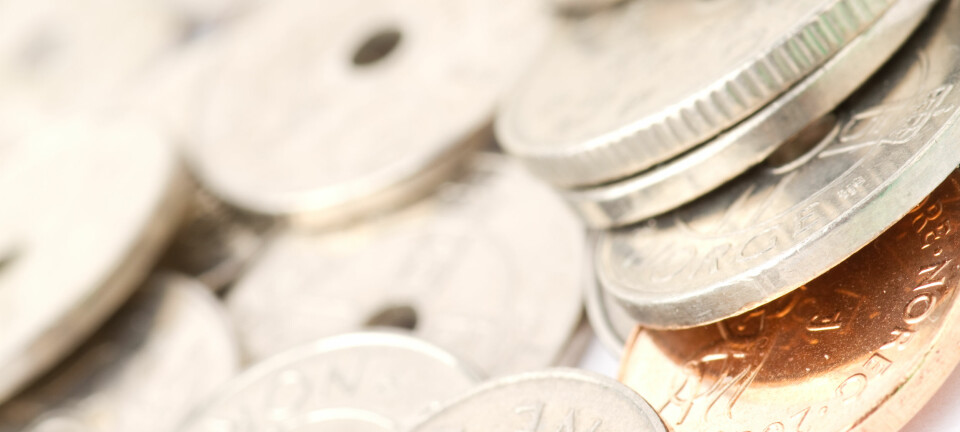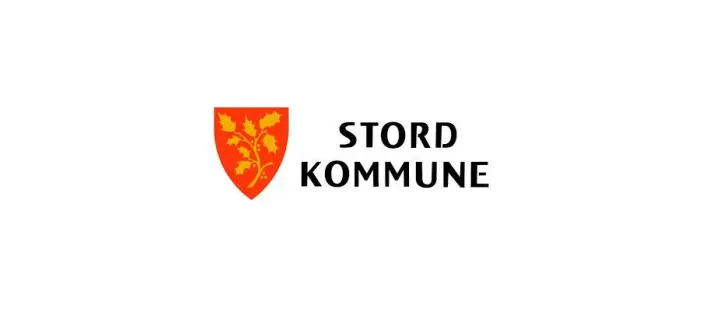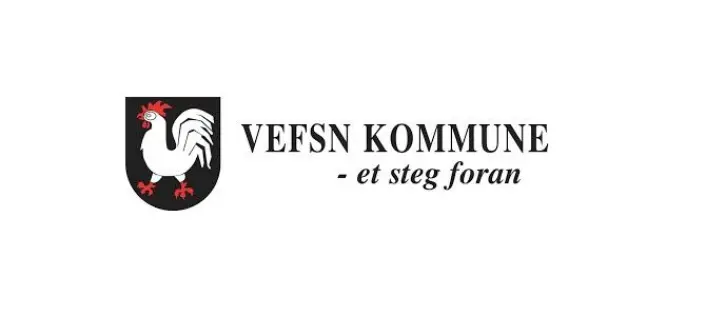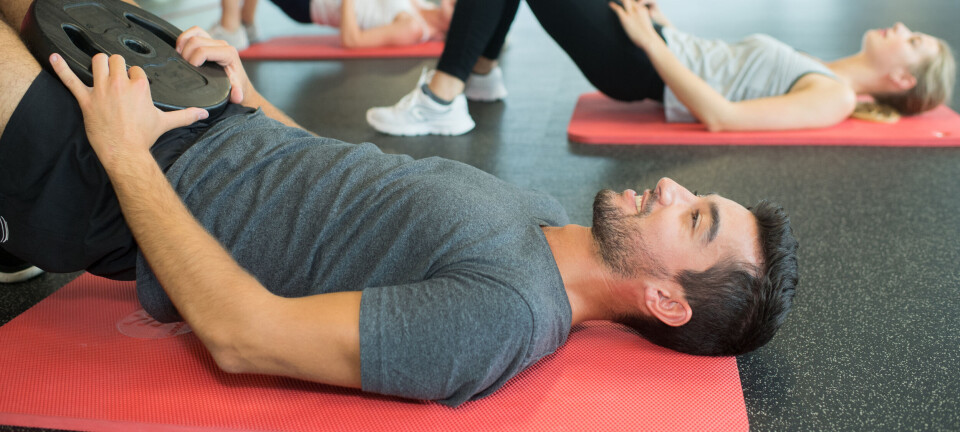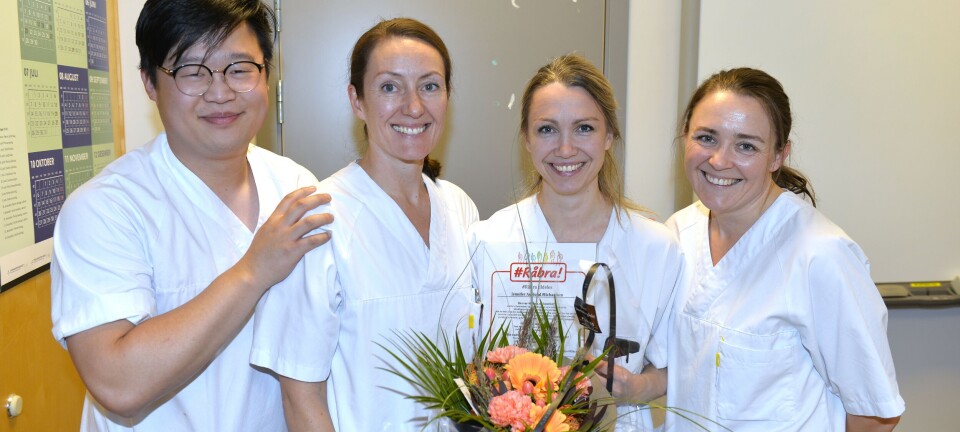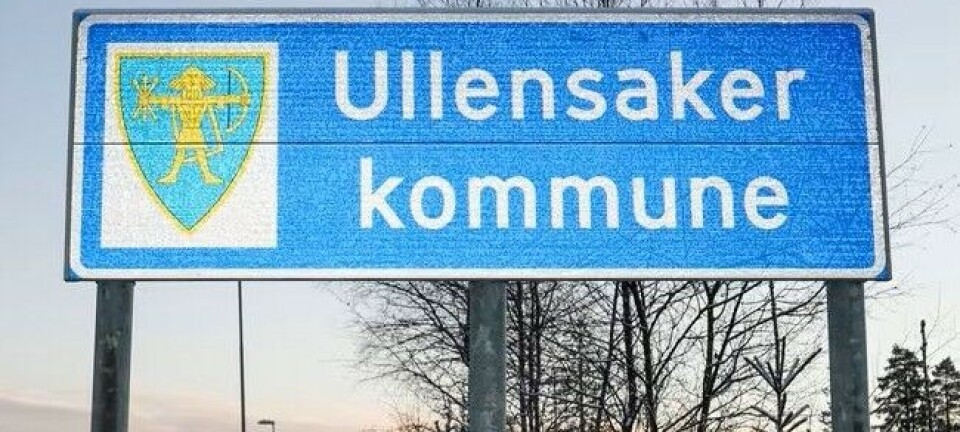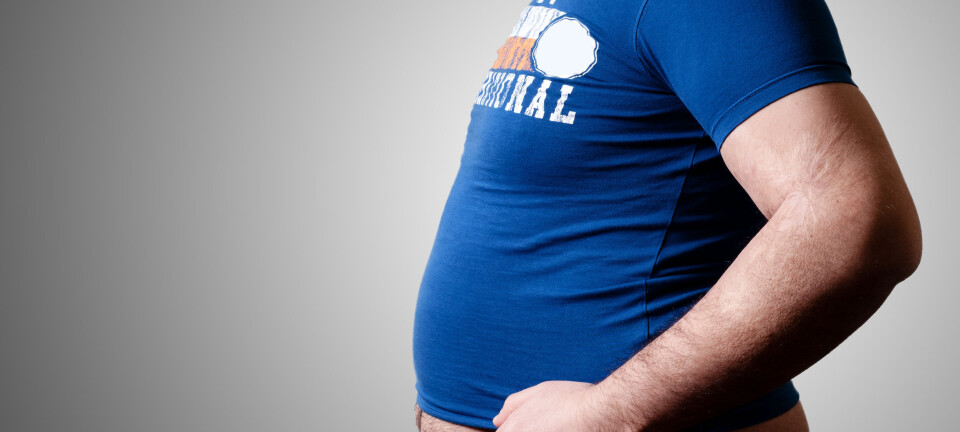Bimanual therapy and constraint-induced movement therapy are equally effective in improving hand function in children with congenital hemiplegia
Blikk på forskning i Fysioterapeuten 6/2012
Blikk på forskning utarbeides i samarbeid med Journal of Physiotherapy, som trykker forskningspresentasjonene under betegnelsen Critically Appraised Papers, CAPs.
Synopsis
Summary of: Gordon AM et al (2011) Bimanual trainingand constraint-induced movement therapy in children withhemiplegic cerebral palsy: a randomized trial.NeurorehabilNeural Repair25: 692–702. [Prepared by Nora Shields,CAP Editor.]
Question: Does constraint-induced movement therapy (CIMT) improve hand function in children with congenital hemiplegia compared to bimanual therapy?
Design:Randomised trial with concealed allocation and blinded outcome assessment.
Setting: 6 CIMT and bimanual therapy day camps were conducted at a University in the United States.
Participants: Children with congenital hemiplegia aged 3.5 to 10 years, with basic movement and grasp in their paretic hand, and who attended mainstream school. Health problems not associated with cerebral palsy, severe hypertonia, and recent surgery or botulinum toxin therapy were exclusion criteria. Randomisation of 44 participants allocated 22 to the CIMT group and 22 to the bimanual therapy group. The groups were matched for age and hand function.
Interventions: Both groups received 90 hours of therapy, delivered in day-camps with 2–5 children in each group. Participants completed 6 hours of therapy a day for 15 consecutive weekdays. Treatment was delivered by physiotherapists, occupational therapists, and students enrolled in health related courses. Participants worked individually and in groups. The CIMT group had their less affected hand restrained in a sling and performed age appropriate fine and gross motor unimanual activities The bimanual therapy group engaged in age appropriate fine and gross motor bimanual activities.
Outcome measures: The primary outcomes were the Jebsen-Taylor Test of Hand Function (JTTHF) to assess unimanual capacity and the Assisting Hand Assessment (AHA) to assess bimanual performance. Secondary outcome measures were Goal Attainment Scale, Quality of Upper Extremity Skills Test (QUEST), and physical activity (percentage time each hand was used during the AHA assessment). Assessments were completed before treatment, 2 days after treatment, and 1 and 6 months after treatment.
Results: 42 participants completed the study. At the end of the 15-day intervention period, the groups did not significantly differ on the primary outcome measures and on two secondary outcome measures (QUEST, physical activity). There were significant within group changes for both groups on each primary outcome (mean change score JTTHF –137 s, 95% CI –174 to –99; mean change score AHA –0.49 logits, 95% CI 0.25 to 0.73) which were maintained at the 6 month follow-up. There were also significant within group changes for both groups for the QUEST and physical activity assessments. The bimanual therapy group made greater progress than the CIMT group on their Goal Attainment Scale scores (mean difference between groups 8.1 T-score, 95% CI 0.7 to 15.5).
Conclusion: CIMT and bimanual therapy resulted in similar improvements in hand function among young children with congenital hemiplegia. The bimanual therapy group made better progress on established goals.
[Mean difference between groups calculated by the CAP Editor]
Commentary
Constraint induced movement therapy (CIMT) has emerged as a promising upper limb rehabilitation approach for children with congenital hemiplegia. Until recently, CIMT has been compared to control groups receiving standard care or no treatment, raising questions whether improvements gained were a result of treatment methods or intensity of intervention (Sakzewski et al 2009). Gordon et al’s (2011) results suggest the latter and confirm similar findings (Facchin et al 2011, Sakzewski et al 2011) that either intensive treatment approach leads to sustained improvement in upper limb function and achievement of individualised goals. Both approaches aregoal directedand provideintensive repetitive task practiceusingincrementalchallengesto drive changes in upper limb function. While results from either approach are similar, the interventions are not the same. CIMT changes the role of the impaired hand. It becomes the dominant hand withunimanual activitiesaimed to improve dexterity and efficiency of movement of that limb. It is assumed that gains in unimanual abilities will translate to improved bimanual performance, a premise supported by results of this study. In bimanual training, the role of the impaired upper limb emains as the assisting hand with therapy aiming to improve bimanual co-ordination and goal achievement through carefully tailoredbimanual activities. Therefore, the choice of either approach will depend on a child’s individual goals, and consideration of behavioural aspects (eg, tolerance of restraint).
The current study delivered 90 hours of therapy over a three week period. While results of this well designed and rigorous study are positive, translation of such intensive models of intervention into a real world clinical setting is challenging. There remains limited data to suggest the optimum dosage required for either approach. What is clear is that current standard practice probably does not offer sufficient intensity of intervention necessary to drive sustained changes in upper limb function for children with congenital hemiplegia.
Leanne Sakzewski, Queensland Cerebral Palsy and Rehabilitation Research Centre, The University of Queensland, Australia
References
Facchin P et al (2011)Am J Phys Med Rehabil90: 539–553.
Sakzewski L et al (2009)Pediatrics123: e111–e1122.
Sakzewski L et al (2011)Dev Med Child Neurol53: 313–320.




